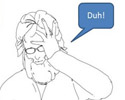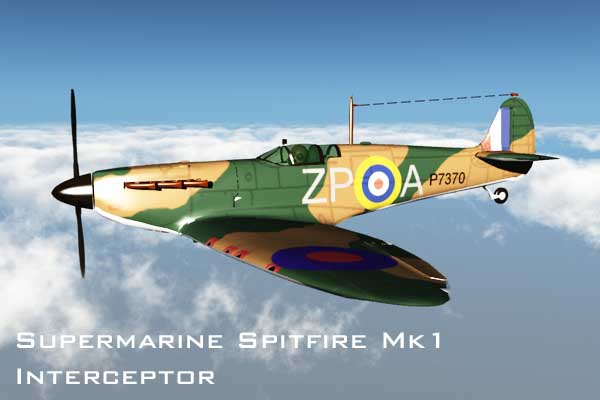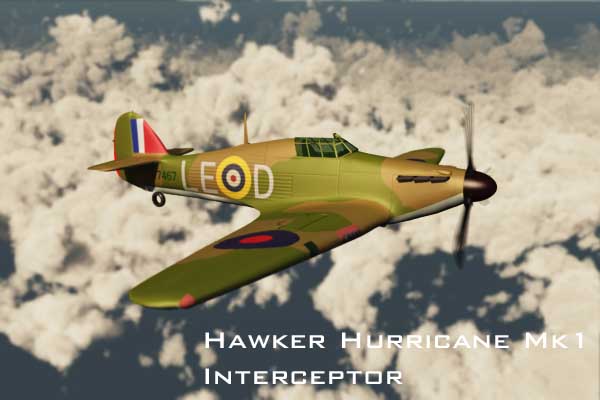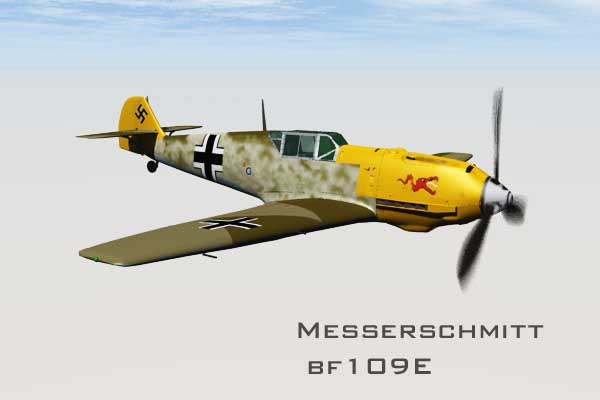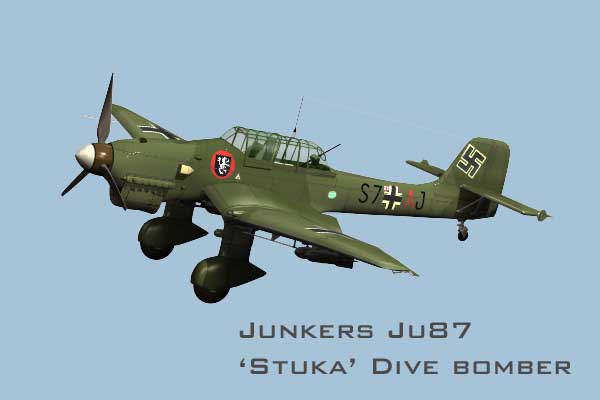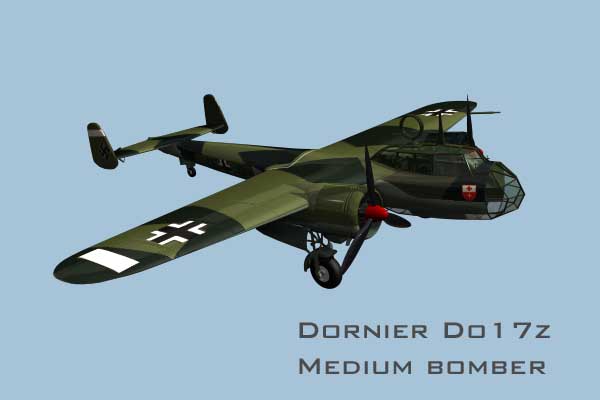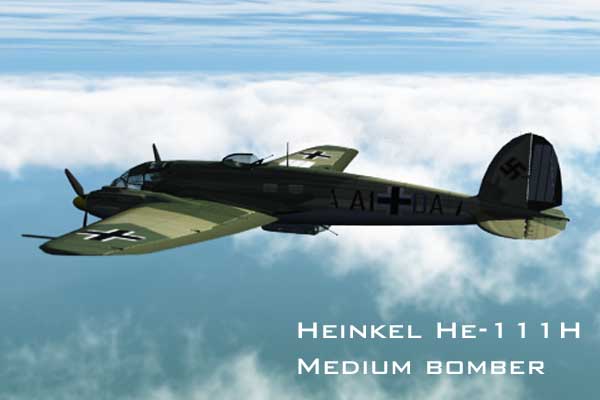The Second World War - Air Power - World War Two - The Blitz
The Blitz - Air Power
Aircraft were first used in any significant way for military purposes during World War One. The idea of bombing civilian centers with high explosives and incendiaries was used by both sides. The Allies used bombers such as the Handley Page Type 0. The Germans employed Twin engine Gotha bombers and huge airships called Zeppelins that crossed the North Sea to attack civilian populations in England, causing panic and huge destruction when they were first used.
After the War the idea of air power was developed into a strategy that some people believed could win a war on its own. This was called Strategic bombing and was aimed at destroying a country's ability to wage war by preventing the production of arms and demolishing the transport and communications networks. There were several proponents of this including the American Air Force General Billy Mitchell. The fear of huge casualties from German aerial bombardment was sufficient to induce the British and French to use appeasement as a means of controlling Adolf Hitler's ambitions.
The obvious response to the bomber threat was the interceptor or fighter that could quickly get into the sky to meet an incoming bomber formation and attack it before it could reach its target. The British developed an effcient organisation called the Observer Corps that would watch the skys and report the numbers, height and direction of any enemy aircraftt. They also developed RADAR, an electrical means of identifing aircraft at a distance. These two measures gave the British a huge advantage when defending the British Isles during the Blitz.
Cities were an obvious target for bombers:
- They were centers of communication. Railway and road networks converge on major cities and if they were damaged they could not be used to transport arms and troops around the country.
- Cities were the location of national and local government. If the country could not be governed effectively then its ability to wage war would be drastically reduced.
- Cities were densely populated. If civilians were attacked they may become demoralised, thinking that they could not be defended, and force their government to make peace.
